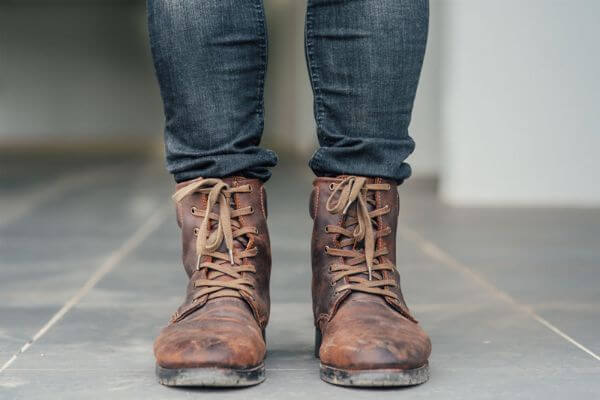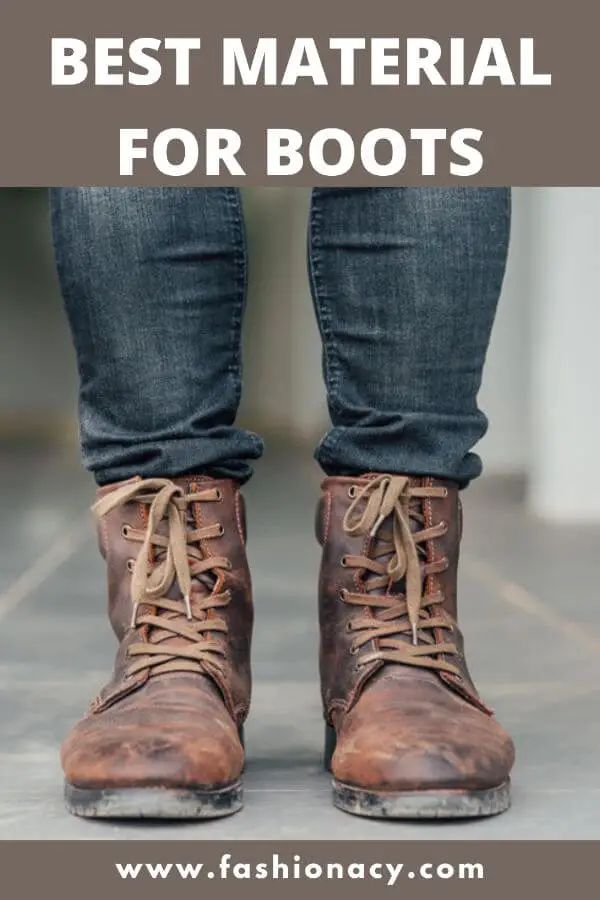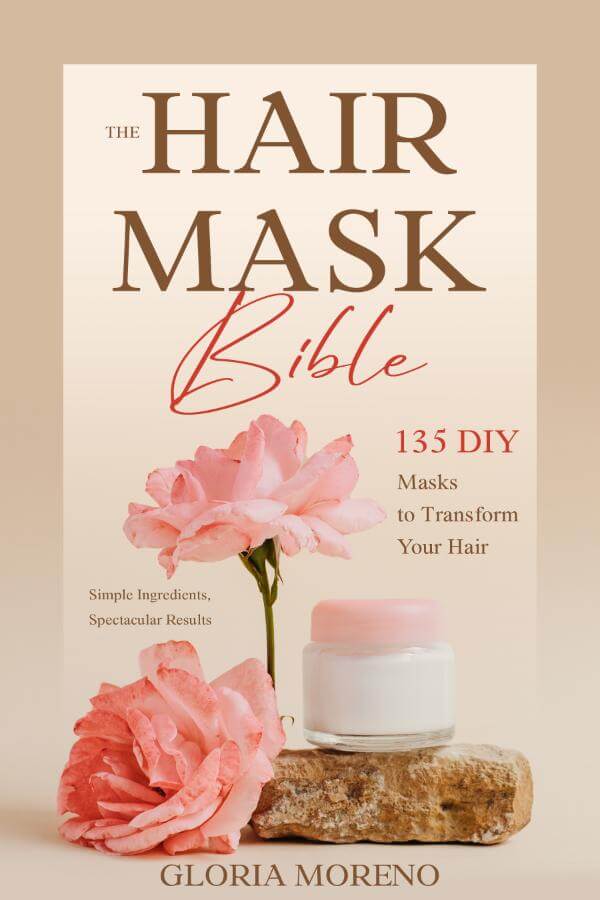
It occurred to me that you might easily conclude that leather is the best material for boots if you watched and read boot reviews.
Whereas the reality is that the right tool must be utilized for the right job. To drive a nail in, you won’t require a screwdriver.
Here, I’d like to mention a few additional boots that might be more appropriate for your requirements and come in different materials.
Best Boot Material
First, though, there’s a good reason why boots are most frequently made of leather.
It is strong, flexible, and quite attractive. All the different varieties that it comes in.
Having said that, not only is it heavy, but it also doesn’t allow for very good air circulation, and it can be a real hassle to clean.
There are several advantages and disadvantages to it.
Leather works perfectly for daily use, casual attire, work attire, and other similar applications. However, you’ll require something else for your more particular requirements.
I’m going to start making some generalizations now. This does not always apply. Of course, there are leathers like Shell cordovan that are resistant to creasing. You can find flexible, thick leathers like Kudu.
There are always exceptions to the rules. To avoid making this article too lengthy, I’ll speak in general terms below.
Rubber Hybrid
The majority of the time, you’ll notice that brands will use leather because of all of its desirable qualities, but they’ll also combine it with another type of material.
The L.L. Bean boot, which features a leather upper and a rubberized lower, is one of the clearest illustrations of this design principle. They work great for slush and other such things.
The Hoffman packer boots, on the other hand, are an even better alternative. You may get these insulated ones in heights of up to 14 inches. They are great if you are going through snow because of their height.
These are some of the best winter packer boots for hunting or snow hiking, according to what I’ve heard. Just about anything to do with terrible weather, Hoffman is excellent.
Kenatrek and Schnees are two additional brands to take into account that fall under this category.
Military Arctic Boots
With its arctic combat boots, the military possessed a particularly unique boot. These function similarly to vacuum-insulated containers by enclosing a boot inside another boot, which is encircled by a vapor barrier and wool or felt in between.
These were actually rated for temperatures ranging from 20 degrees to 65 degrees below zero Fahrenheit, depending on the type.
Due to their enormous design, the type 1 boot, which is black and rated to negative 20 degrees, was known as the Mickey Mouse boot.
Because it was white and resembled a rabbit’s foot, the type 2, which was rated down to 65 degrees below zero, was known as the bunny boot.
Both types have an air valve that must be opened before flying in order to avoid problems caused by the pressure change.
Mud Boots
Leather is also not the best material if you want to spend the entire day in water, muck, or other similar conditions.
You start to notice some water seeping through, but once they become wet, drying takes a very long time.
In that situation, you would wear something akin to a Muck boot, a Bogs, some of which are made by Carhartt. They are essentially incredibly durable rain boots.
There is nothing worse than being in the middle of the day, standing in mud, and then having something leak in. This is one of the issues with the less expensive varieties of these, and I’ve personally been a victim of it, so I can speak from experience here.
They can split and are typically rubberized—a type of vulcanized rubber. They just don’t always perform well in the cold, especially the less expensive ones.
I would unquestionably advise going Bogs, Muck, or Carhartt.
The fit isn’t that great because some other ones come in small, medium, and big whereas the Carhartt ones are truly sized the same way shoes are.
That’s what you want, though, for the kind of situation where you really really need to be completely insulated from your surroundings. There isn’t much of a place for leather.
Hiking Boots
You probably won’t purchase a full leather hiking boot if you plan to spend a few days or weeks on the trail.
You can, and there are brands like Limmer, famous for their classic leather hiking gear.
But nowadays, you’ll mostly see tech textiles being used by brands like Salomon, Asolo, and Arcteryx, often in combination with leather.
In order to get the most of your hiking experience, it’s important to consider the weather and terrain.
Are you going in the summer, are you going in the winter, will there be a lot of water there, are you going to be hiking up in the desert, when are you going out?
Before getting the boot of your choice, you must consider things of that nature. You won’t frequently encounter a boot made entirely of leather.
You occasionally will. Some folks simply won’t wear anything else and will only wear their leather hiking boots. However, this is a place where technological advancements in textiles and the use of tech materials make a significant difference more often than not.
These are only a few examples of different boot materials that are actually more useful than leather.



